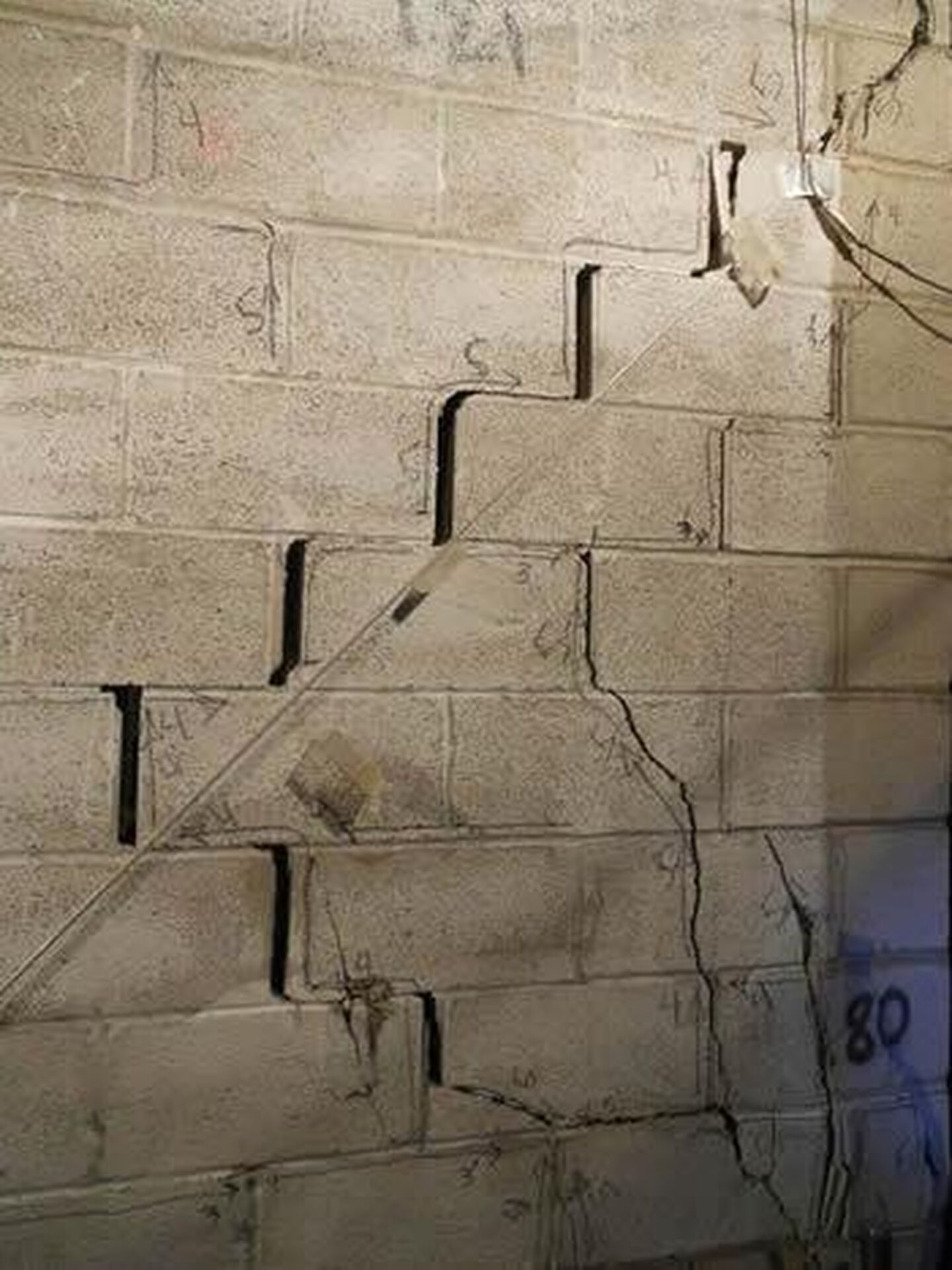How Much Does it Cost to Repair a Foundation?

Most homeowners have experienced some problems with their houses – leaky pipes, peeling paint and cracked sidewalks – small stuff.
Some, perhaps owners of older homes or those who are just plain unlucky, have experienced major problems – leaky roof, perhaps, or a dead furnace or an overtaxed electrical panel.
Even these bigger problems are to be expected, of course. Homes need maintenance and repair and every home, big or small, will need some fixing from time to time.
One problem, though, strikes dread into the hearts of homeowners every time – foundation damage. The foundation is the base on which a house sits and damage there can spread throughout the rest of the structure and create problems aboveground to match the ones below.
The good news is that just about every foundation can be fixed, no matter how big the problem. Both structural and nonstructural damage can be repaired permanently and usually without a major disruption but one question still remains: how much does it cost?
The Cost of Repairing a Foundation
Foundation damage is classified in two ways, structural and non-structural. Nonstructural foundation damage typically means cracks in foundation walls that can allow water to seep into the basement. This type of damage can be repaired by basement waterproofing methods, such as crack injection, exterior waterproofing membranes and interior or exterior drain tile.
Although basement waterproofing work can be extensive it typically does not rise to the level of a major repair and can be done at reasonable cost. Specifics about the cost of basement waterproofing are best left for another day.
Structural damage to a foundation also involves cracks but they are typically significant, wide cracks that are caused by lateral pressure from over-saturated soil. These cracks indicate that foundation walls have moved inward, usually rotating in from the bottom (held in place by the basement floor) and separating from the base of the aboveground structure.
Foundation damage is also caused by the foundation dropping or sinking, usually due to soil desiccation. When this occurs, cracks are found all over, inside and outside, above- and below ground, and indicate that the home’s vertical stability has been compromised.
The cost of fixing an inward-rotating wall may depend on how quickly the problem is diagnosed. If the wall has moved less than 2 inches, it can be repaired by applying carbon fiber strips to the wall with industrial-strength epoxy. If the movement has exceeded 2 inches, low-profile steel must be used instead and will be anchored and tightened to the floor joists above.
Although the engineering and planning that goes into either job will cost approximately the same, the material cost for steel is significantly higher than that of carbon fiber and the installation more complicated so the overall cost of the repair may be as much as double. For example, a damaged 30-foot foundation wall could costs as little as 5,000 dollars to repair with carbon fiber or as much as 15,000 dollars for a major repair job done with steel.
Fixing a dropped or sunken foundation requires that the foundation and aboveground structure be raised to their original level and stabilized to prevent further movement. The best method for doing so is the installation of hydraulic push piers under the house.
Installing push, or resistance, piers starts with engineering work to determine the number and placement of piers that will guarantee stability. Each pier requires the placement of a steel bracket on the foundation footings through which the pier is driven. Once all piers hit a load-bearing stratum underground, a hydraulic pump is attached to the piers and the house is lifted back into position. The piers are then attached permanently to the brackets and the house is stabilized.
The cost of fixing a dropped foundation can usually be expressed in a cost per pier that includes engineering, excavation and other work, and will normally run between 1500 and 2500 dollars per pier, depending on type, size and local requirements. Once again, a dropped foundation that has gone undiagnosed for some time will likely require more piers than one spotted early on so an observant homeowner should be able to keep costs down by doing repairs early.
Regardless of the type of damage or repair, a homeowner with a damaged foundation will require the advice and assistance of a foundation repair contractor with the resources to perform permanent repairs costs-effectively. At U.S. Waterproofing, our foundation repair experts employ engineering data to recommend the latest and most cost-effective techniques and homeowners all over the Chicago area now enjoy stable homes as a result. Why not ask for our free advice?
Do you have questions about the cost of foundation repairs? Please ask them in the Comments box below.




